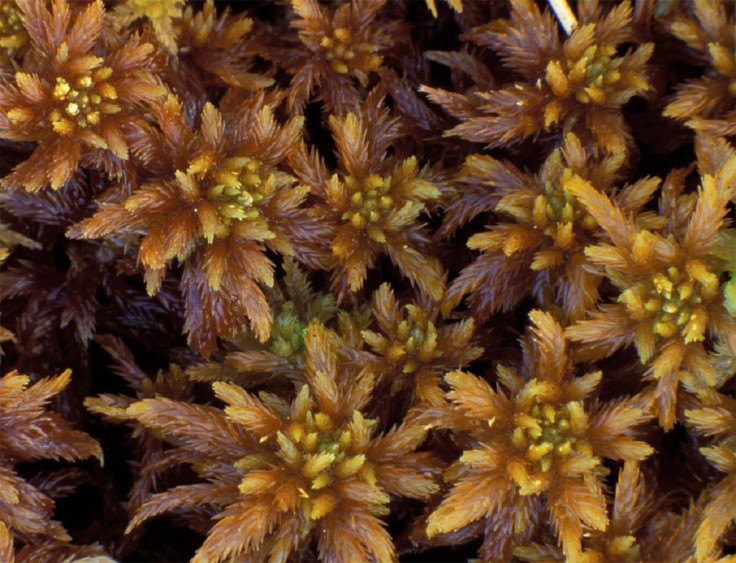Rising temperatures can release 550 billion tonnes of carbon held in peat moss

Peat mosses could play a big role in global warming, given that they store a third of all carbon on land, according to an NTNU study.
A sudden release of the 550 billion tonnes of carbon sequestered in peat can have disastrous consequences for the climate.
"No plant genus is more important as a carbon balance on Earth than peat mosses. Peat stores at least a third of all the carbon on land," says Professor Hans K Stenøien at the NTNU University Museum in Trondheim, Norway.
A high percentage of the world's peat mosses are found in the northern permafrost areas. A warmer world can thaw the permafrost and release a lot of carbon currently tied up in peat moss.
More carbon could be released from the bogs and permafrost in northern areas than have been released by the burning of fossil fuels to date
It is not exactly clear if the carbon and methane will be released suddenly or gradually.
In the worst-case scenario, more carbon could be released from the bogs and permafrost in northern areas than have been released by the burning of fossil fuels to date, says Stenøien .
The breakdown of biological material in bogs that support myriad plants happens in the absence of oxygen, making peat and peat mosses formidable carbon sinks.
The peat layer becomes steadily thicker over time and retains more carbon than it releases.
The plant genus is extremely widespread in the regions as the moss kills other plants. Peat mosses acidify the soil and grow upward and outward so that other species are not able to thrive there.
"Peat moss spreads by means of spores that shoot out of tiny capsules and into the air. A capsule is no more than one to two millimetres in diameter but can contain a hundred thousand spores or more," says Stenøien.
A species of moss, both living and dead plants of peat moss can hold large quantities of water up to 16–26 times their dry weight and are important for water management in the northern latitudes where they are found.
Peat bogs are typically found in northern latitudes, with Canada housing approximately 25% of them, according to Cornell University.
Peat mosses (Sphagnum spp) make up a large portion of the world's bogs. They cover nearly 10% of all land in Norway and Russia and 13% of all land in Canada.
© Copyright IBTimes 2025. All rights reserved.





















